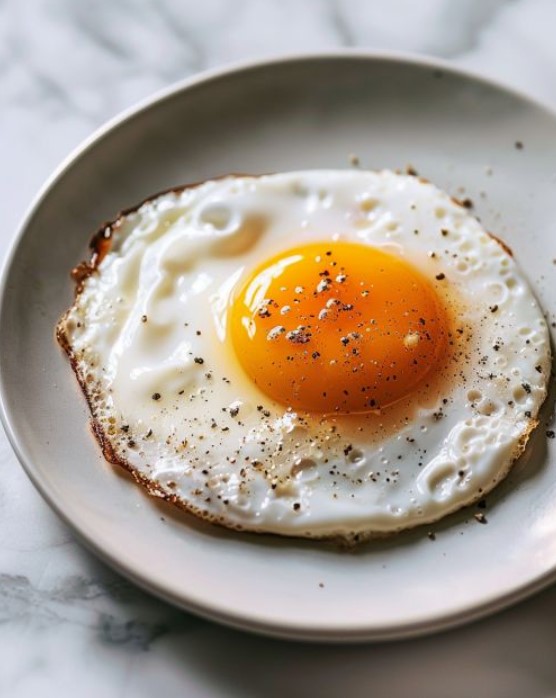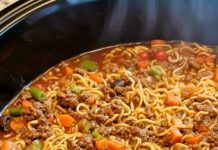Eggs have a special place in kitchens around the world, celebrated for their versatility and nutritional value. Among the various methods of egg preparation, the “over easy” egg often ignites spirited discussions, especially within families. For some, achieving the perfect over easy egg is a matter of precision, while others may have their own interpretations based on tradition or personal preference.
In this article, we’ll explore how to make the quintessential over easy egg, delve into common misconceptions, and highlight the importance of communication in the kitchen. Whether you’re an egg enthusiast or a beginner cook, understanding this simple dish can lead to delightful culinary experiences.
What Is an Over Easy Egg?
To craft the perfect over easy egg, follow these essential steps:
- Cracking the Egg: Begin by cracking a fresh egg into a hot, non-stick frying pan. It’s essential to ensure the pan is hot enough to set the whites quickly but not so hot that the egg burns.
- Cooking the Egg: Allow the egg to cook undisturbed until the whites are set while the yolk remains runny. This usually takes about 2-3 minutes. Watch closely; the edges should be firm but not brown.
- Flipping the Egg: Carefully slide a spatula under the egg, ensuring it’s fully supported. Gently flip the egg over to cook the other side for an additional 30 seconds to 1 minute, depending on your preferred doneness. The goal is to achieve a lightly cooked surface while preserving the yolk’s runny consistency.
- Serving: Once cooked to your liking, slide the egg onto a plate, season with salt and pepper, and serve immediately for the best flavor.
Common Misconceptions
The simplicity of over easy eggs can lead to several misconceptions:
- Timing of the Flip: Flipping the egg too early or too late can alter its characteristics. An early flip may result in a partially uncooked yolk, while a late flip can lead to a firm yolk that resembles over medium or over hard eggs.
- Egg Consistency: There’s often confusion between over easy, over medium, and over hard eggs. The distinction lies in how long the yolk is cooked. Over medium eggs have a partially set yolk, while over hard eggs have a fully cooked yolk.
- Cooking Techniques: Different cooking times and temperatures can produce varying results. A lower heat allows for gentler cooking, ensuring the whites set without browning too quickly, while higher heat may cause the whites to crisp up, which some may prefer.
The Importance of Communication in Cooking
Cooking is not merely a technical process; it’s an experience best shared with others. Here are a few reasons why communication is crucial in the kitchen:
- Clear Definitions: Establishing clear definitions of cooking terms can prevent misunderstandings. When everyone is on the same page about what “over easy” means, it enhances the cooking experience and reduces frustration.
- Collaborative Cooking: Experimenting together with family or friends can be an enjoyable way to learn and reach a mutual agreement on preferences. Perhaps one person enjoys their eggs slightly firmer, while another prefers them runny. Cooking together opens up opportunities for discussion and experimentation.
- Respect for Preferences: Understanding and respecting each other’s cooking styles and preferences fosters a harmonious cooking environment. It’s essential to recognize that each person’s taste may vary, leading to diverse and enjoyable meals.
Conclusion :
In conclusion, the art of cooking over easy eggs goes beyond merely following a recipe; it encapsulates the essence of familial bonds and shared culinary experiences. The kitchen serves as a unique arena where love, tradition, and personal preferences collide, fostering both delightful dishes and rich conversations. By embracing the nuances of egg preparation and openly discussing our individual tastes, we can transform simple meals into cherished moments of connection.
As we navigate these culinary discussions, we learn that food preparation is an opportunity for collaboration, education, and even negotiation. The joy of crafting the perfect over easy egg lies not just in achieving the ideal runny yolk but in the laughter, stories, and memories created along the way. Every breakfast shared becomes a canvas for creativity, where each person’s input shapes the final masterpiece.
So, whether you prefer your eggs soft and runny or slightly firmer, remember that the real beauty of cooking lies in the experiences we share with those around us. Next time you gather in the kitchen, crack open a few eggs, invite your loved ones to join in the fun, and relish the process of making breakfast together. After all, it’s about more than just satisfying hunger; it’s about nurturing relationships, one delicious egg at a time.










